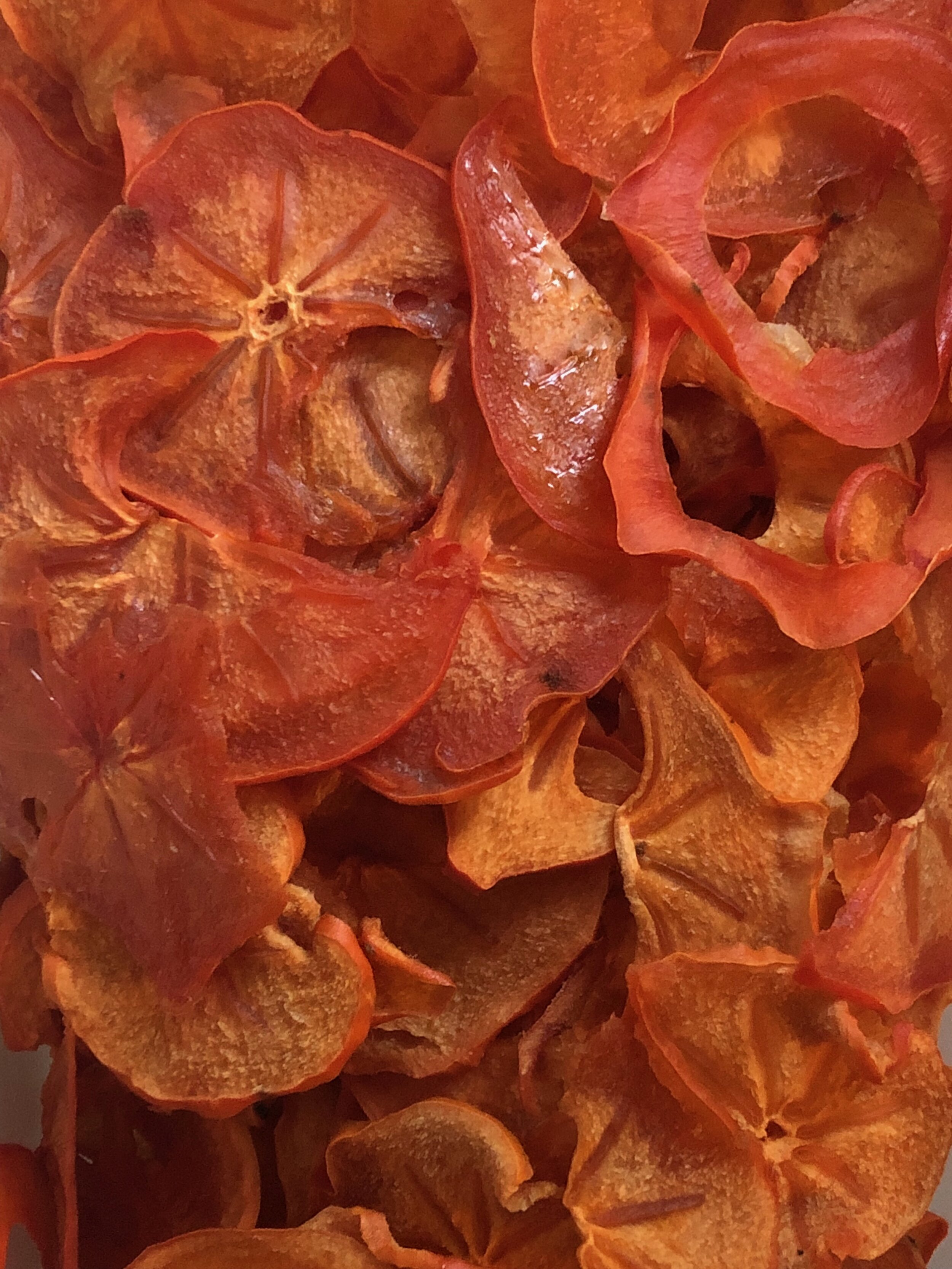Speaking For The Trees On Tu B'shvat 🌲🌲🌳🌳
/I am the Lorax. I speak for the trees. I speak for the trees, for the trees have no tongues.
Thus insinuated the Lorax in Dr. Seuss’s 1971 fable pitting nature and the environment against corporate greed.
🌲Tu B’Shvat: The New Year For The Trees
Today is the Jewish festival of Tu B’shvat. It is considered ראש השנה לאילנות, the New Year for Trees. As a child, I understood it to be a day of planting trees, both in Israel and the United States. As a parent, it is a day when my kids and I talk about the mission of Tree People, the local non-profit organization devoted to taking responsibility for our urban environment and educating children and adults in sustainability principles. I think of it as the antidote to the Once-ler character in The Lorax.
Tu B’shvat’s significance extends beyond trees.
🌲Celebrating The Deeper Significance Of Tu B’Shvat
Tu B’shvat can be understood on both a physical and spiritual/metaphysical level. On a physical level, the festival celebrates the first flowering of the spring fruits, the beginning of the fruit-bearing season, when the trees awaken from their winter dormancy. On the spiritual/metaphysical level, the festival compels us to recognize the world that God has given us by demonstrating an appreciation for nature, ecology and the environment, both in Israel and around the planet.
The Torah elucidates a basic ethical principle, בל תשחית (bal tashchit), which warns us not to engage in wasteful acts like destroying or wasting edible fruit or the trees they come from. It applies more broadly to wasting energy and water, wantonly destroying natural resources and throwing away clothing.
Overeating and throwing away edible food, common outcomes of the Western diet, are also a transgression of this principle. Shockingly, a 2011 United Nations Food and Agriculture Organization study, “Global Food Losses and Food Waste”, found that “roughly one-third of the food produced in the world for human consumption every year—approximately 1.3 billion tons—gets lost or wasted.”
That is a lot of food.
But shifting this mindset starts at home, one step at a time.
🌲What Does It Mean To Live A Consciously Kosher Lifestyle?
On Tu B’shvat, it is appropriate to consider what it means to live a consciously kosher lifestyle. As this blog often suggests, it is more than just eating healthy food.
It encompasses:
Maximizing the quality and nutritional impact of what we put into our bodies
Minimizing food waste
Reducing what we throw away overall
Consuming less and making more
Eating only what we need
Treating our bodies with respect
Being mindful of and respecting the resources that we take from the planet
Nourishing our souls
Considering that just because the label says it’s kosher, doesn’t mean that it is healthy
🌲Tu B’shvat Food Customs
In keeping with the concept of the first fruits, we partake of the fruits of the “7 Species” for which the Land of Israel is praised: olives, dates, grapes, figs and pomegranates (Deuteronomy 8:8). Additionally, there is a custom to eat almonds and carobs on this day. This custom even extends to eating a fruit that you have not yet eaten this season.
🌲How Can We Be Better Stewards Of Our Planet?
On Tu B’shvat, take the time to consider how we can be better stewards of our planet, our neighborhood, our natural resources – and our own bodies – within the framework of Jewish values.
Let’s do the work now so that we may never need to have the conversation with our kids that the Once-ler had with the little boy at the end of The Lorax:
“You’re in charge of the last of the Truffula Seeds. And Truffula Trees are what everyone needs. Plant a new Truffula. Treat it with care. Give it clean water. And feed it fresh air. Grow a forest. Protect it from axes that hack. Then the Lorax and all of his friends, may come back.”






























Salmon ceviche is the perfect dinner appetizer for warm summer nights during the Nine Days before the fast of Tisha B'Av. It does not involve cooking. Here's how to make it.